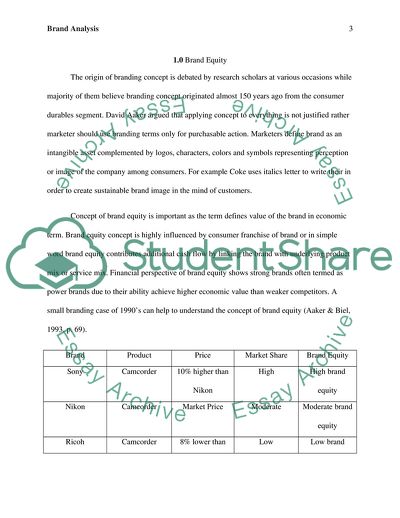Brand analysis Essay Example | Topics and Well Written Essays - 1000 words. https://studentshare.org/marketing/1783236-brand-analysis
Brand Analysis Essay Example | Topics and Well Written Essays - 1000 Words. https://studentshare.org/marketing/1783236-brand-analysis.


